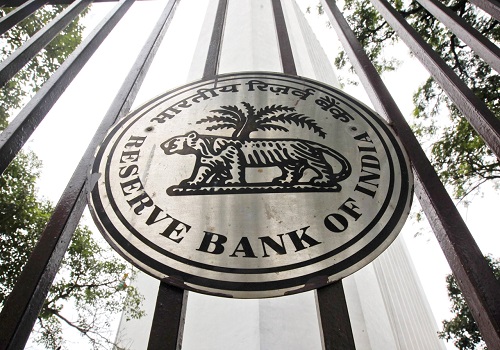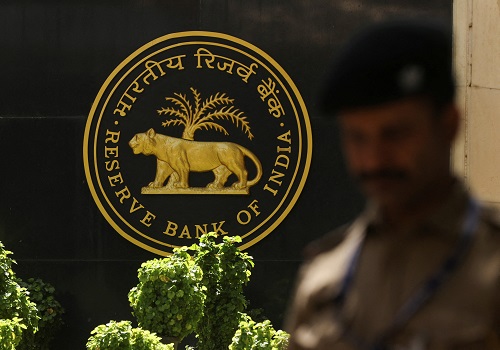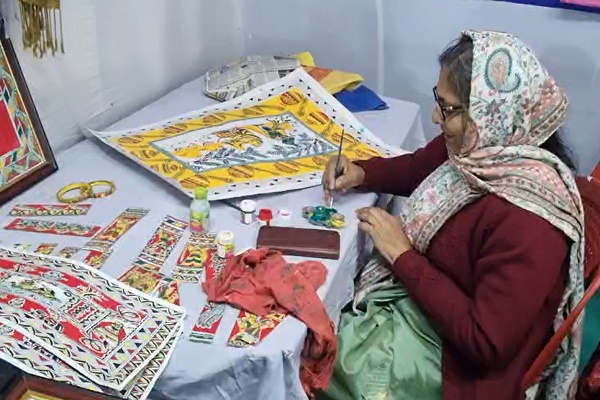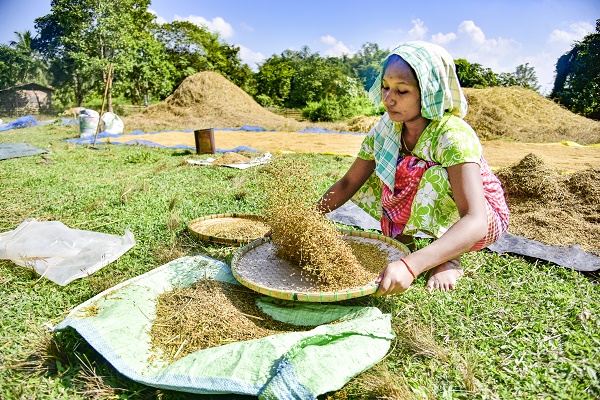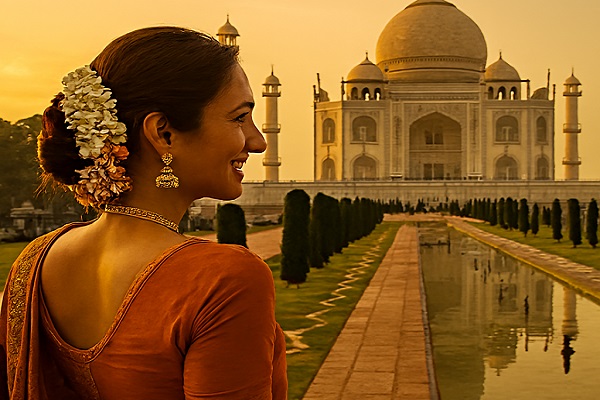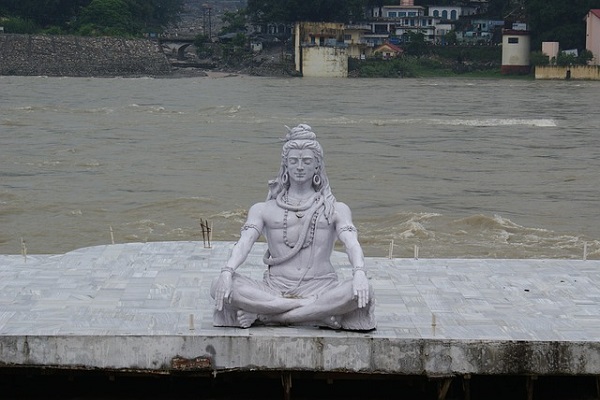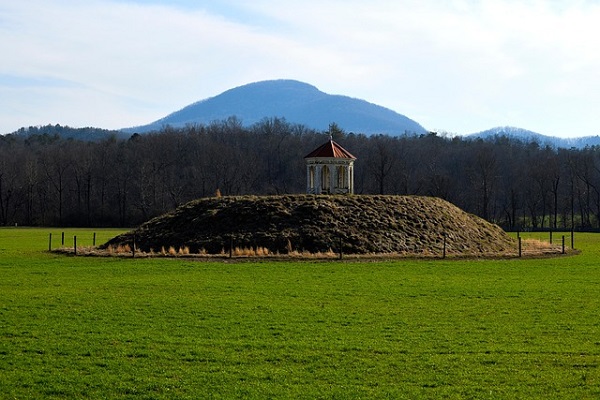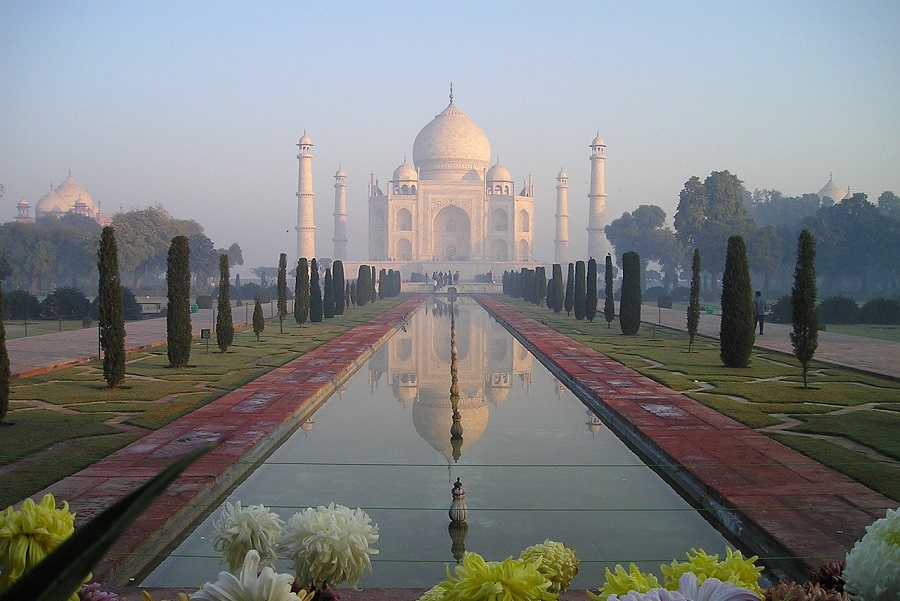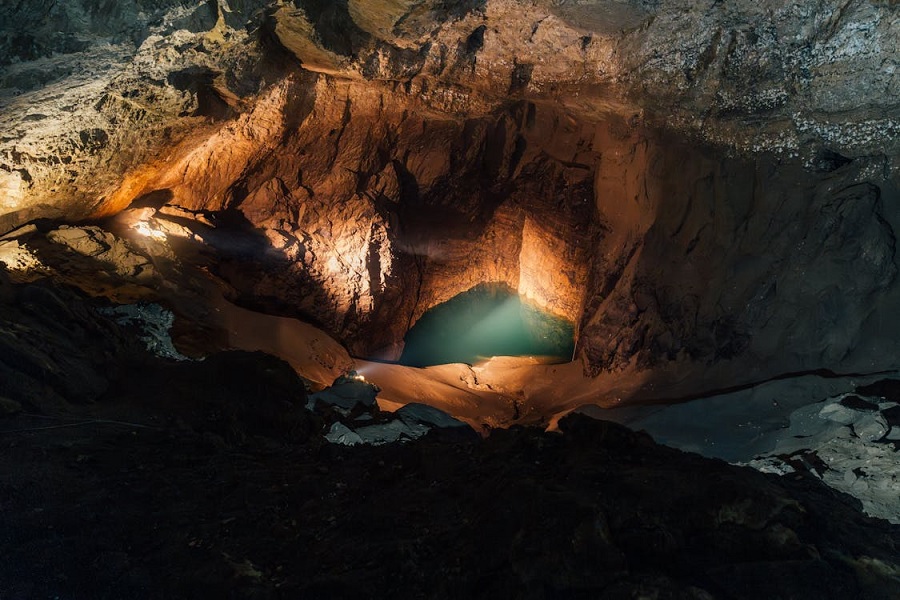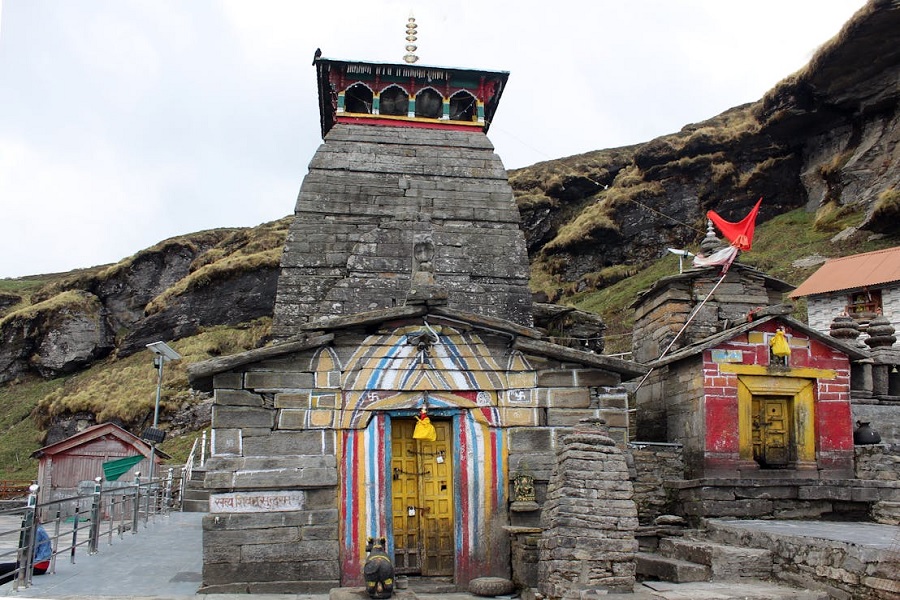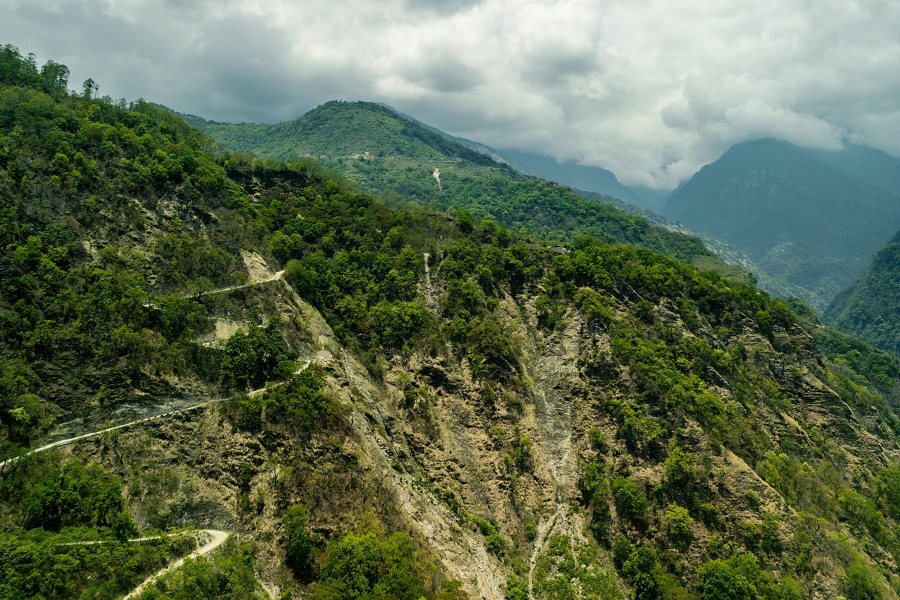Indian Tourism: A Journey Through Time, Culture, and Heritage

The majestic structure captured in the image above, with its grand architecture framed by traditional arches and tropical palm trees, represents the soul of Indian tourism — a rich tapestry of history, art, architecture, and culture that continues to mesmerize travelers from around the world.
From its ancient temples and royal palaces to colonial-era mansions and sacred ghats, India is a land where every corner tells a story. The building in the photo is reminiscent of the many regal heritage sites found across the country — echoing a glorious past that blends Mughal, Rajput, and colonial influences.
Why India is a Global Tourist Magnet
Diverse Heritage: India boasts 40 UNESCO World Heritage Sites, showcasing its ancient temples, forts, caves, and monuments.
Architectural Marvels: From the Taj Mahal to Hawa Mahal and Mysore Palace to Victoria Memorial, Indian structures are masterpieces in stone and story.
Cultural Richness: Festivals, music, art, and dance bring life to cities and villages alike.
Spiritual Tourism: Holy sites like Varanasi, Rishikesh, Bodh Gaya, and Madurai attract seekers from across the globe.
Warm Hospitality: The Indian ethos of “Atithi Devo Bhava” (The guest is equivalent to God) creates welcoming experiences.
Experiences Highlighted by the Image
This heritage site, set beside a waterbody and framed by carved stone pillars, suggests a palace or colonial-era mansion, possibly located in Bengal, Rajasthan, or South India. The beauty of such places lies in:
Historical Narratives: Each corridor and column holds tales of royal families, artistic achievements, or colonial legacies.
Architectural Grandeur: Massive staircases, arched windows, domes, and carvings exemplify India’s structural brilliance.
Peaceful Settings: Many such sites are set beside lakes, gardens, or forests — perfect for reflective tourism.
Top Heritage Destinations in India
Jaipur & Udaipur (Rajasthan) – Forts, palaces, and regal luxury.
Kolkata (West Bengal) – Colonial architecture and artistic soul.
Hampi (Karnataka) – Ruins of the Vijayanagara Empire.
Khajuraho (Madhya Pradesh) – Famous for intricate erotic sculptures and temple art.
Lucknow (Uttar Pradesh) – A blend of Nawabi culture and colonial charm.
Travel Tips for Heritage Tourism in India
Hire Local Guides: They offer rich stories beyond the plaques.
Respect Cultural Norms: Dress modestly and remove footwear where required.
Explore Offbeat Sites: Lesser-known havelis and temples often offer crowd-free beauty.
Capture Respectfully: While photography is welcome, always ask before photographing locals or rituals.
